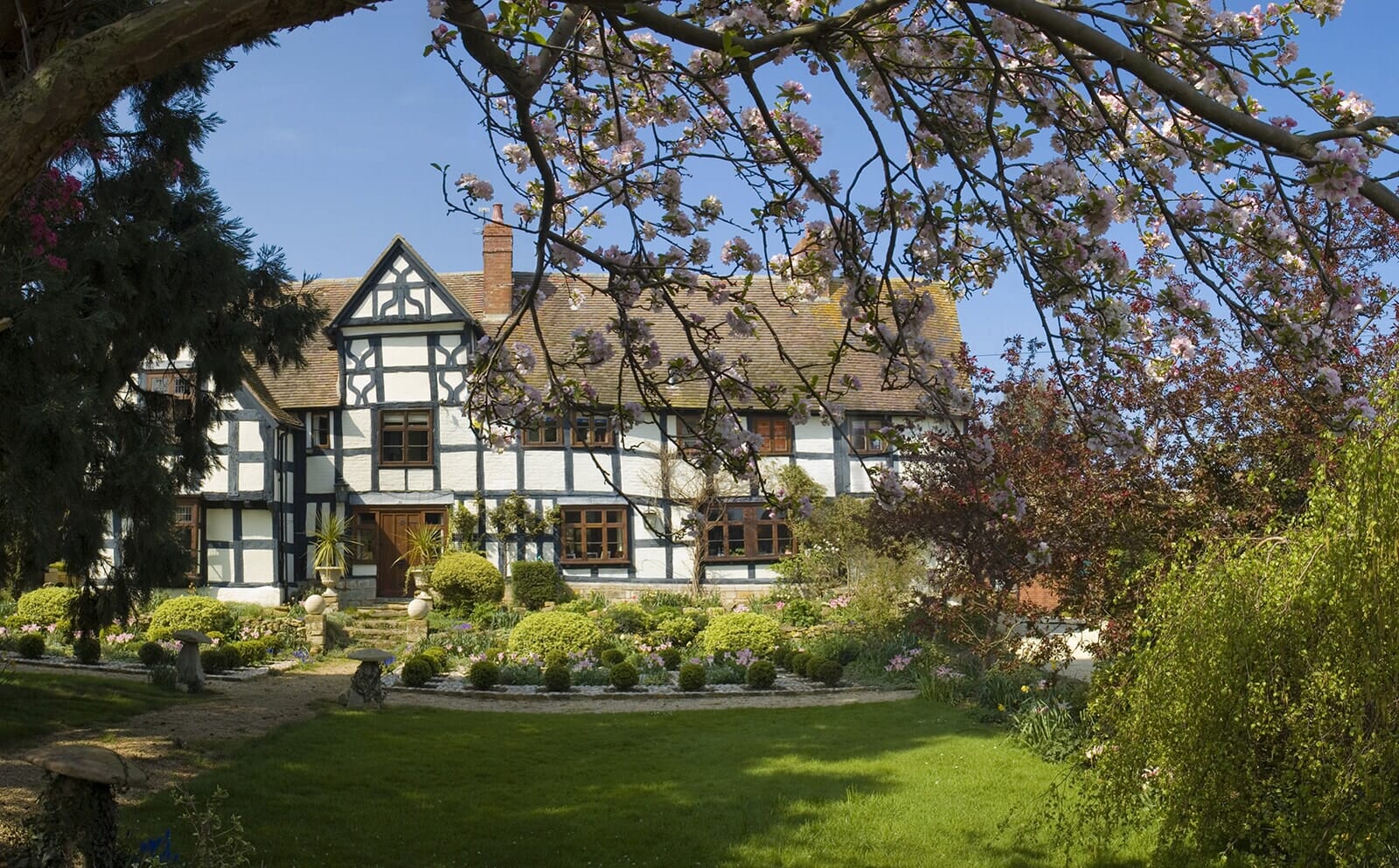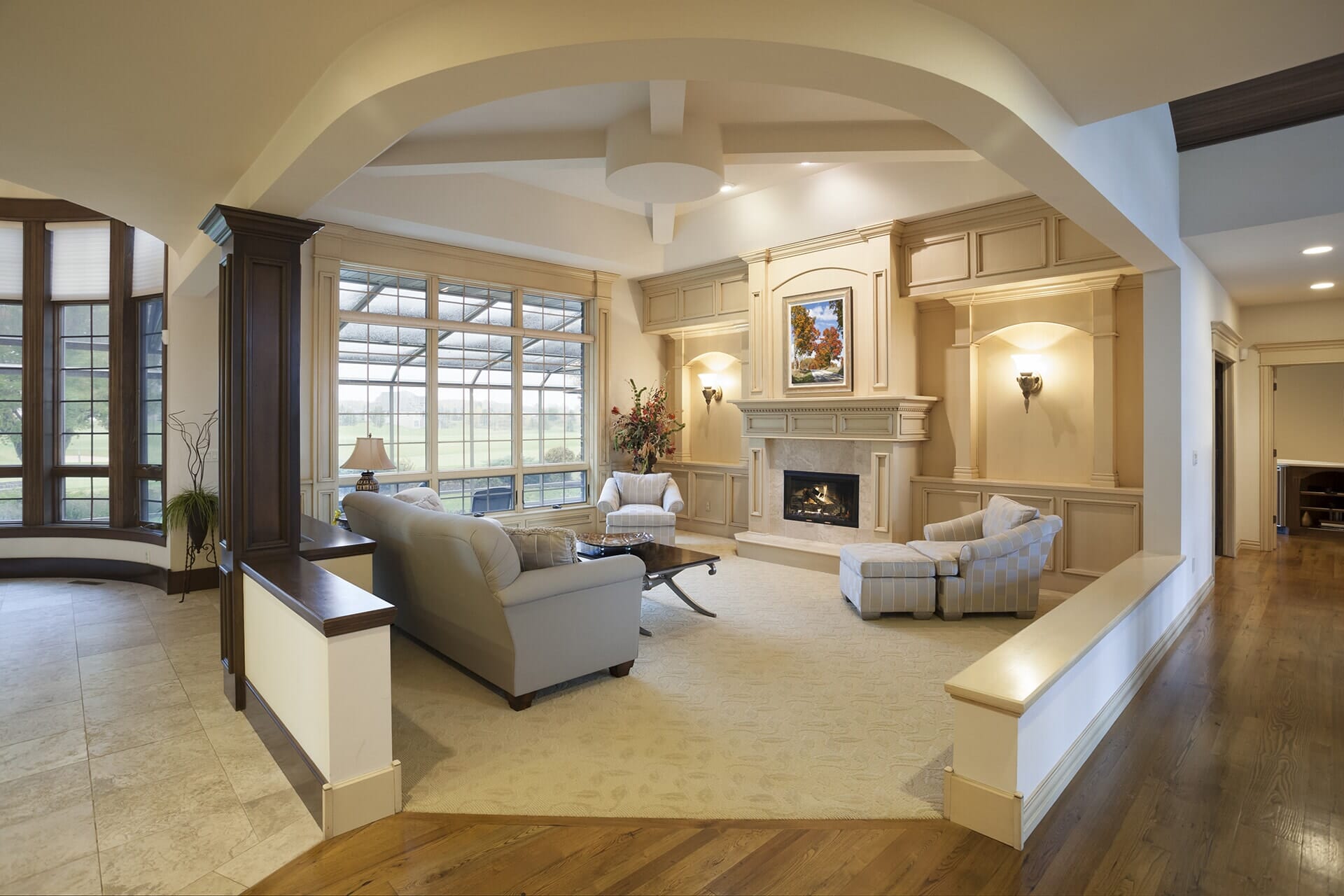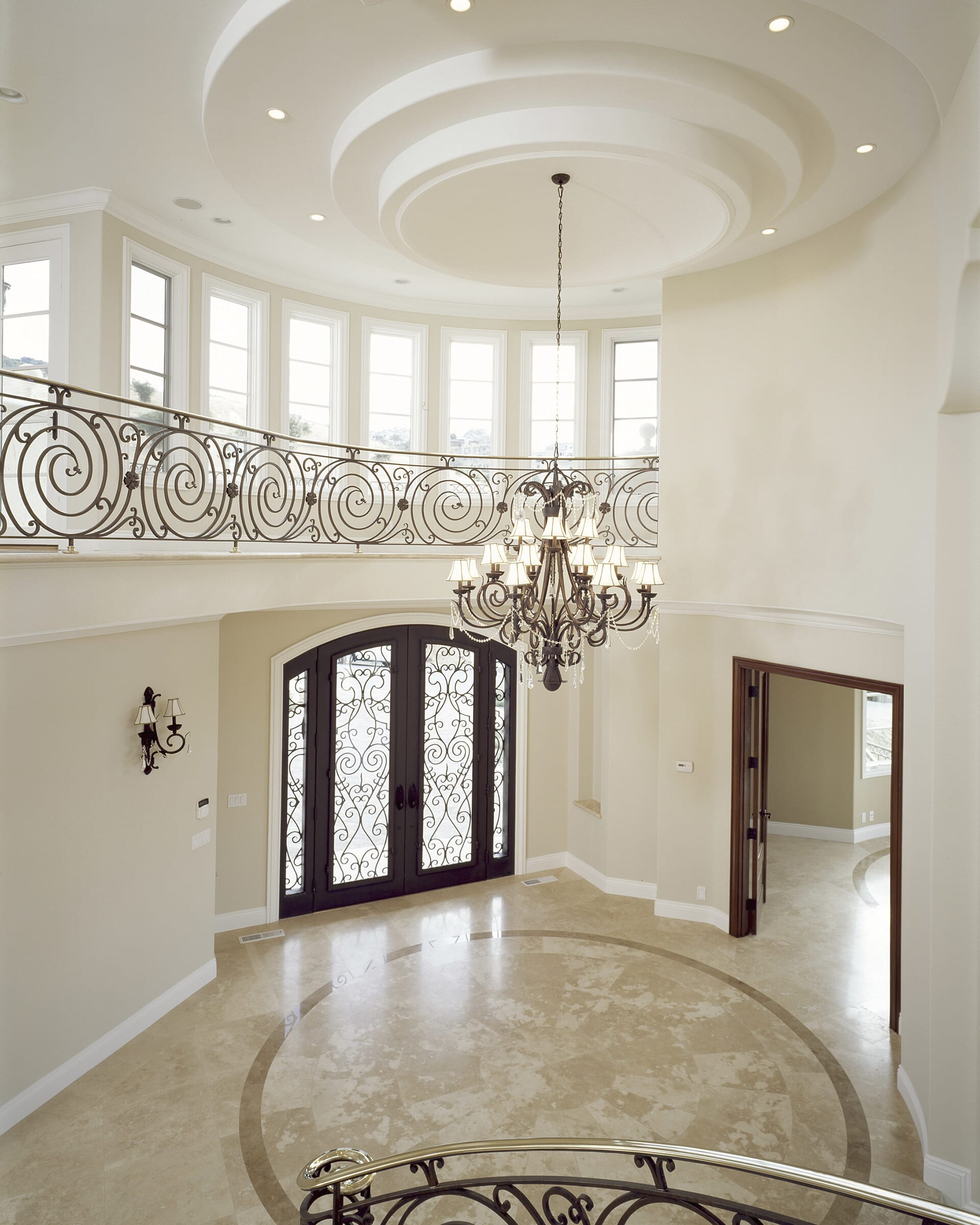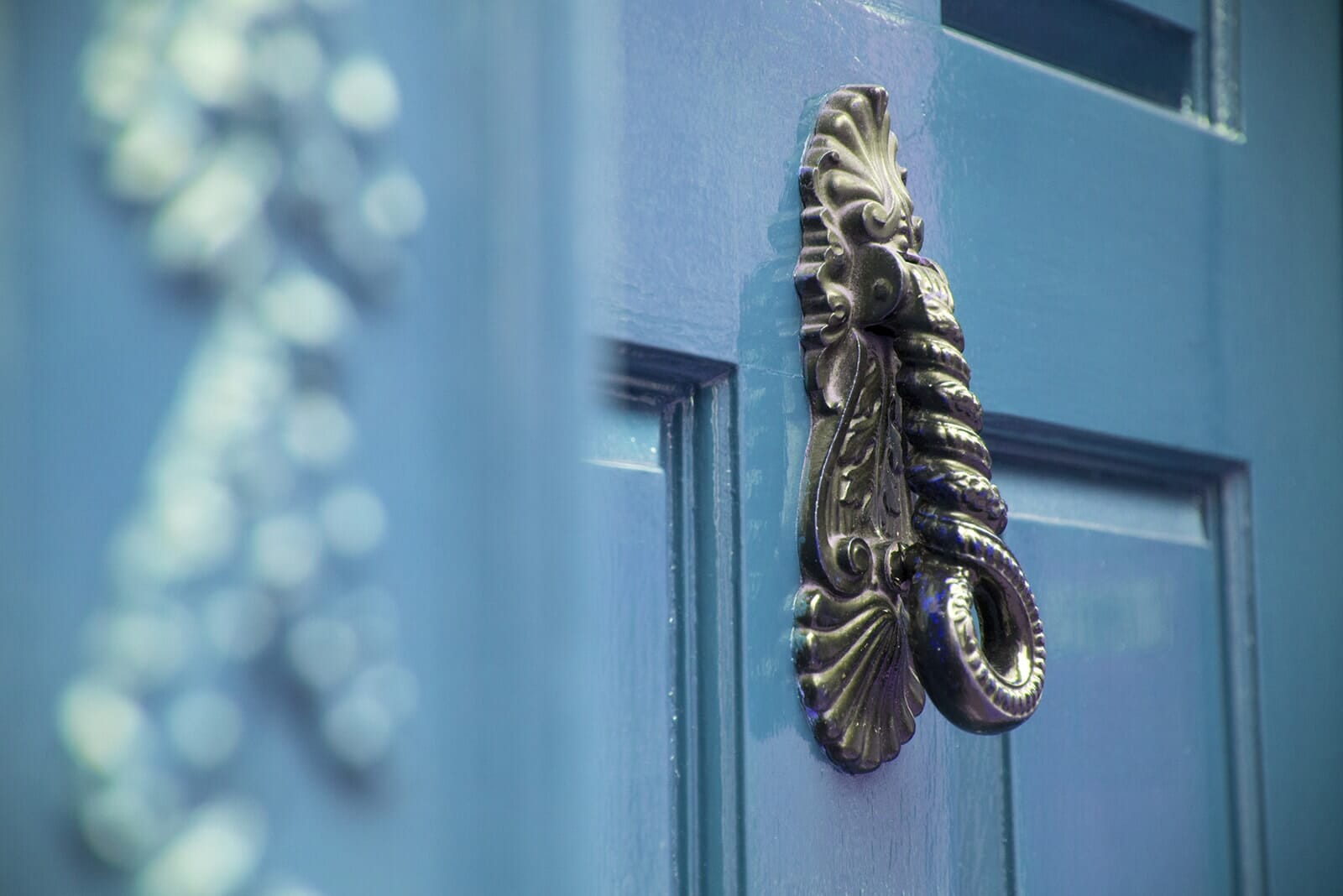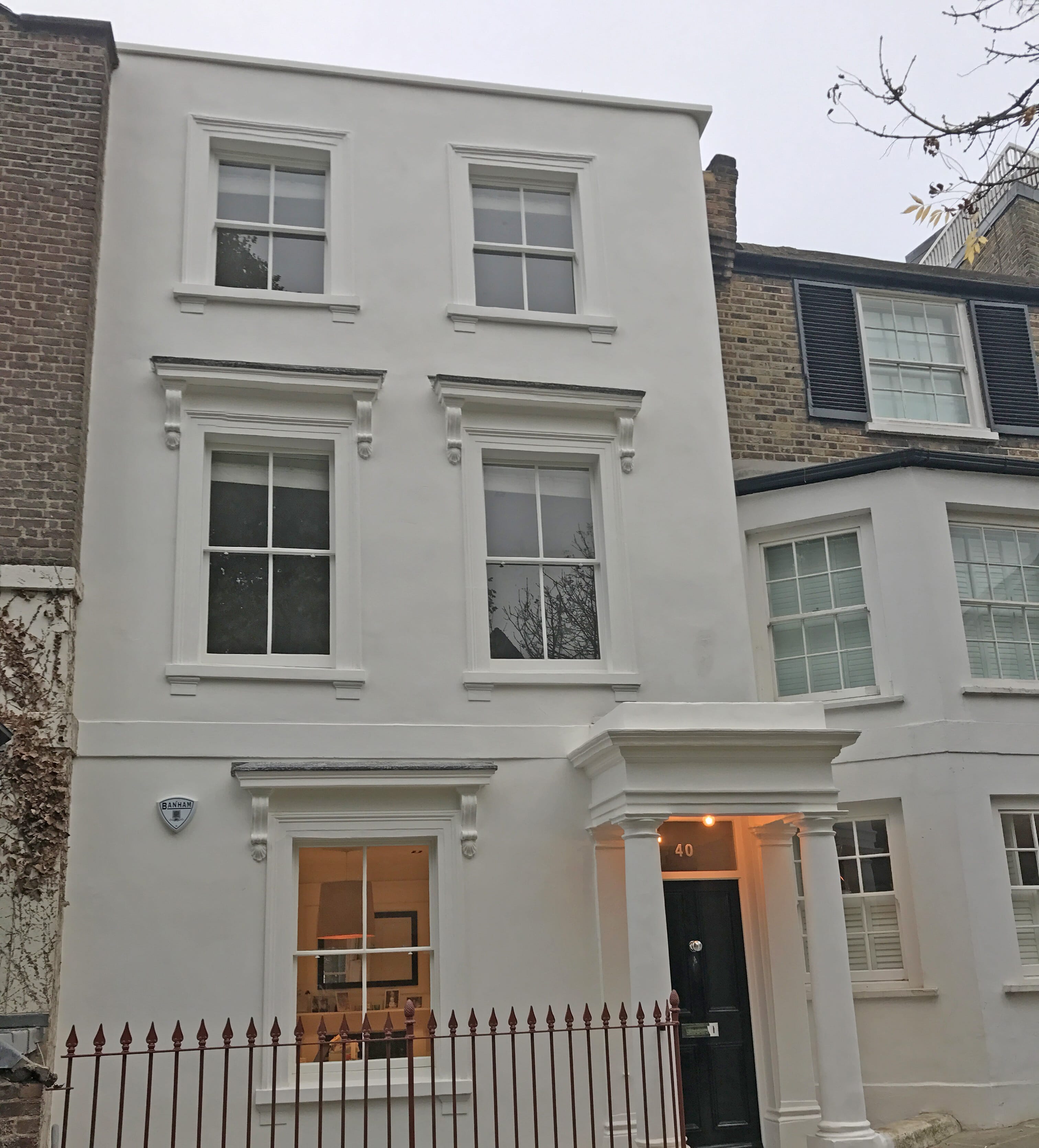
How much does it cost to renovate a listed building?
Renovating a listed building is an opportunity to restore a piece of history while creating a truly unique space. However, it’s also a complex process that requires careful planning, skilled tradespeople, and a significant budget. If you’re wondering, “How much does it cost to renovate a listed building?”, the answer varies depending on several factors, but high-quality renovations typically cost between £1,800 and £2,000 per square metre.
At Property Conservation Company, we specialise in guiding homeowners through every step of this journey, delivering exceptional results while preserving your property’s heritage. Let’s explore the key considerations that influence these costs and how to manage them effectively.
What Factors Influence the Cost of a Listed Building Renovation?
Listed buildings often require traditional materials such as lime plaster, handmade tiles, or stone, which can be significantly more expensive and time-consuming to source and use than modern equivalents. Employing skilled tradespeople, such as lime plasterers, stonemasons, and timber specialists, is crucial to preserving the property’s historical integrity and ensuring compliance with conservation guidelines.
Structural issues like damp, rot, or subsidence can significantly increase costs, often only becoming apparent once work begins. For instance, repairing or replacing a roof is a major cost consideration, particularly for listed buildings. Property owners should budget for contingencies to address these unforeseen challenges.
For more detailed advice on what changes are permissible, see our related article: What Alterations Can I Make to a Grade II Listed Building?.
Roofing Costs for Listed Buildings
The cost of roofing a listed building varies depending on the material, historical period, and whether the property is Grade I or Grade II. Georgian and Regency properties often feature Welsh slate roofs, which are durable but require skilled craftsmanship to install. Victorian and Edwardian homes may use clay tiles or slate, each requiring attention to detail to preserve the property’s aesthetic and meet conservation standards.
- Welsh Slate Roofing: Expect costs of approximately £80-£100 per square metre, depending on the complexity of the roof design.
- Clay Tile Roofing: Costs can range from £60-£80 per square metre, with additional expenses for sourcing historically accurate materials.
- Thatched Roofing: Common in some rural listed properties, costs typically range from £120-£150 per square metre and require regular maintenance.
- Lead Roofing: Often used for flat roofs or decorative elements, this can cost £100-£140 per square metre due to the material’s weight and the expertise required.
Each historical period brings unique architectural challenges and opportunities. For example, Georgian house renovations often involve intricate rooflines and elegant proportions, while Victorian house renovations may require careful restoration of steep-pitched roofs. Edwardian house renovations frequently include decorative features like gables and dormer windows, which add character but require specialised expertise.
Grade I buildings often demand stricter adherence to traditional techniques, which can increase costs further. Regular maintenance is key to extending the lifespan of listed building roofs and preventing costly repairs.
Average Cost of Listed Building Insurance
Standard home insurance policies typically don’t cover the unique challenges associated with listed properties. Specialist heritage insurance is essential to protect your investment, covering the costs of using traditional materials and skilled tradespeople in the event of damage.
- Premium Costs: Expect to pay around £500-£2,000 annually for listed building insurance, depending on the size, grade, and location of the property. Grade I properties may incur higher premiums due to their exceptional historical importance.
- Rebuild Costs: Insurers will require a detailed valuation of the property’s rebuild cost, including materials, specialist labour, and compliance with conservation requirements.
- Coverage Inclusions: Policies typically cover accidental damage, legal expenses, and additional costs associated with Listed Building Consent for repairs.
At Property Conservation Co., all our projects include a 10-year insurance-backed guarantee, providing peace of mind and demonstrating our commitment to quality.
Managing Costs Without Compromising Quality
Reclaimed floorboards, fireplaces, and radiators not only help maintain the building’s authenticity but are also a cost-effective and environmentally friendly choice. Salvage yards and local restoration projects are excellent sources for such items.
You can also explore ways to actively reduce costs. For example, learning traditional skills like lime plastering or stone restoration through courses offered by organisations such as the Society for the Protection of Ancient Buildings (SPAB) can help cut labour costs. Salvage yards are excellent places to find reclaimed materials, such as radiators and fireplaces, often at a fraction of the cost of new materials. Researching grants from Historic England or local trusts can also help offset costs for specific restoration work.
Timing your project to avoid adverse weather can help prevent delays and reduce costs, particularly for external repairs such as roofing or rendering.
Why Choose Property Conservation Company?
With over 35 years of experience in Cheltenham, the Cotswolds, and London, Property Conservation Company specialises in the restoration and renovation of listed buildings. What sets us apart is our dedication to craftsmanship, transparency, and client satisfaction. Here’s why homeowners trust us with their cherished properties:
- Family-Run Business: Built on honesty, loyalty, and trust, we treat every project as if it were our own, delivering a personalised and attentive service.
- Expert In-House Craftsmen: Our skilled team combines traditional construction methods with modern techniques to ensure exceptional results.
- No Sub-Contractors: All work is completed by our dedicated in-house team, ensuring consistent quality and reliability.
- Insurance-Backed Guarantee: Every project comes with a ten-year insurance-backed guarantee for added peace of mind.
- Assigned JCT Contracts: We operate with transparency and accountability, using fixed-price JCT contracts to give our clients confidence and clarity.
- Considerate Construction: We maintain clean, tidy sites and uphold a respectful approach to preserving your property and its surroundings.
Ready to Start Your Renovation Journey?
Renovating a listed building is a rewarding challenge that transforms not just a property but a piece of history. If you’re ready to embark on this journey, we’re here to help. Learn more about our Grade I & II Listed Building Renovations and contact us today for expert advice, a free consultation, and guidance tailored to your project’s unique requirements.
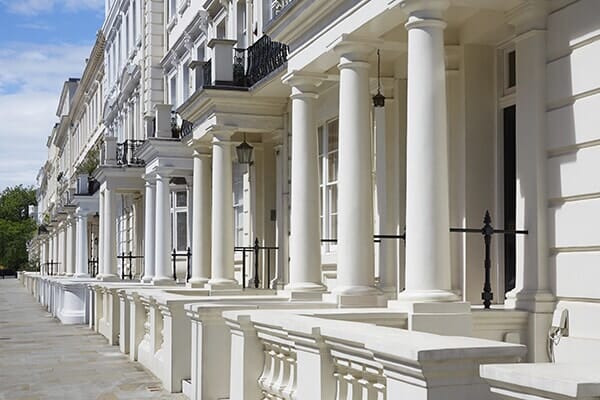
Author: Peter Little (CEO)
This article was first published on 16th May 2017
(Updated 24th January 2025)
Experts in sympathetic period property restoration
Get a FREE initial quote